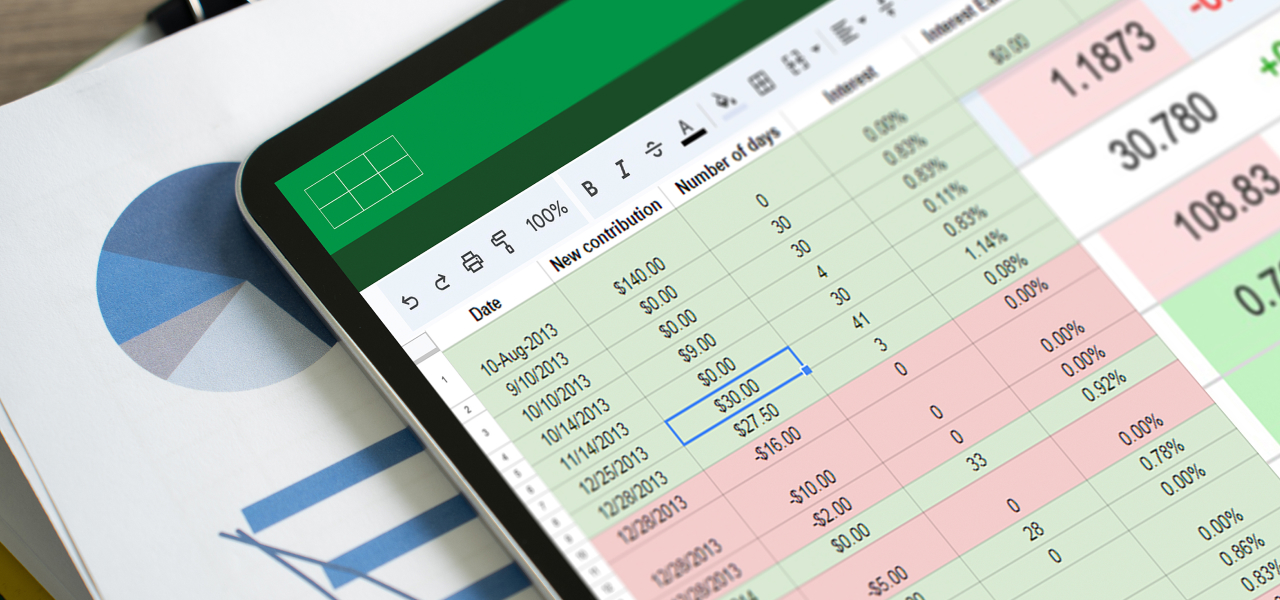Imagine you’re lost in a dense forest of financial data—no map, just trees of numbers blocking every turn. That’s the daily grind for family offices and asset managers drowning in reports. Portfolios, accounting ledgers, and market feeds pile up, turning insight into a slog through spreadsheet quicksand. Instead of plotting strategies, you’re wrestling formulas. Then FundCount steps in with Power BI, a trusty guide slashing through the overgrowth, lighting up clear paths, and handing you shortcuts you didn’t know existed.
Family offices and asset managers crave sophisticated yet approachable reporting tools to empower their clients’ investment decisions. FundCount saw that need and chose Power BI, a Microsoft Office 365 gem, as our go-to client-facing online reporting platform. It’s powerful, intuitive, and meshes seamlessly with our software, delivering visual insights with ease.
Power BI is now available for download by FundCount clients.
No Extra Cost, Just Value
Power BI is a budget-friendly win. It’s free for users of Microsoft Office 365, a tool already humming in the workflows of countless family offices and asset managers. No costly licensing fees to drain your resources—just pure value from a subscription you’re likely already paying for. Slip your reports into Excel or Teams without a hitch, keeping your tech stack lean and your wallet happy. It’s a no-brainer for clients watching the bottom line while chasing top-tier insights.
Plug In, Power Up
Power BI digs deep into FundCount’s ecosystem and pulls up and highlights the information that matters most to you. It connects via SQL databases, APIs, and cloud platforms, pulling portfolio, accounting, and transaction data straight from FundCount’s modules into your dashboards. No manual exports, no clunky workarounds, just a smooth data flow. Think of it as dumping all your financial puzzle pieces onto one table, ready to snap together however you like.
- Data Sources: It taps into FundCount’s SQL Server backend for structured data, syncs with APIs for real-time market feeds, and links to cloud-stored files—say, CSV exports or Azure-hosted datasets. A manager tracking trades can tie in an API feed and watch positions update instantly.
- Refresh Options: Go real-time for daily market pulse checks or schedule refreshes for weekly deep dives. You control the rhythm.
- Power Tools: Power Query cleans and consolidates messy data from multiple sources—think merging portfolio stats with external benchmarks. DAX (Data Analysis Expressions) lets you craft custom metrics, like annualized returns or risk-adjusted ratios, tailored to your clients’ needs.

But it’s not a tech jungle you’re left to hack through alone. Power BI’s drag-and-drop interface keeps it approachable, and FundCount backs you up with training and support. Newbies build basic reports in days; with a few weeks, you’re crafting custom dashboards. Take an asset manager who used DAX to calculate Sharpe ratios across 20 portfolios, then visualized them in a heatmap that updates with each refresh—spotting laggards in seconds, not hours.
Scalability’s baked in too. Small family offices start simple; big players scale up. Cloud or on-premises, it flexes to your setup. Got hefty datasets? Premium tiers handle up to 10 GB without a stutter. A 2023 Deloitte survey noted 68% of financial firms scaled Power BI from single teams to enterprise-wide in 18 months.
From Chaos to Clarity
Power BI shines in action. Picture a family office managing $500 million across 50 accounts. They built a dashboard to track cash flow and expenses. One day, fresh data flags a 12% spike in costs. Vendor fees sneaking up. They catch it fast, renegotiate, and adjust the budget before it festers. Static reports would’ve left them clueless too long.
Or take a mid-sized asset manager with $300 million under management. Monthly reporting once took five days of stitching systems together. Now, Power BI cuts it to two, automating data pulls and reconciliations. That’s 24 hours reclaimed per cycle—time better spent strategizing with clients than battling spreadsheets.
Ask Your Data, Get Answers Instantly
Power BI’s natural language queries are a game-changer. Ask your dashboard a question, and it answers with visuals—no digging required. It’s like having a data guru on speed dial. Consider the following examples:
- A family office managing legacy wealth asked, “Which sectors lagged in Q2?” Power BI instantly charted underperforming sectors, tying them to market dips. Hours of analysis shrunk to seconds.
- An asset manager queried, “What drove last quarter’s underperformance?” Up popped a breakdown of sector drags and asset correlations—clear, fast, actionable. No more sifting rows; just ask and see.
- A risk manager asked, “Which portfolios exceed our volatility threshold?” Power BI flagged three outliers with drill-downs into drawdowns and sector exposures, all in a blink. Manual checks used to eat half a day.
A 2025 McKinsey report pegged firms using tools like this as 25% faster in decision-making, boosting profitability. FundCount’s already planning to harness these upgrades, keeping you ahead of the curve.

More Proof
Beyond queries, Power BI delivers. A hedge fund client visualized performance across 15 strategies, slicing data by asset class and region with a few clicks—work that once took a team two days of Excel gymnastics. Another family office tracked tax implications across 30 entities, using Power Query to merge accounting data with tax rules, cutting prep time from a week to an afternoon. FundCount clients see these wins daily.
Your Shortcut to Sharp Decisions
With Power BI in FundCount’s corner, you’re not just handed a tool. You’re handed a way out of the data jungle. It turns numbers into moves you can make, giving you the edge to decide with guts and precision. That tangled forest? It’s a wide-open path now, and the next win for your clients is just a few steps ahead.








